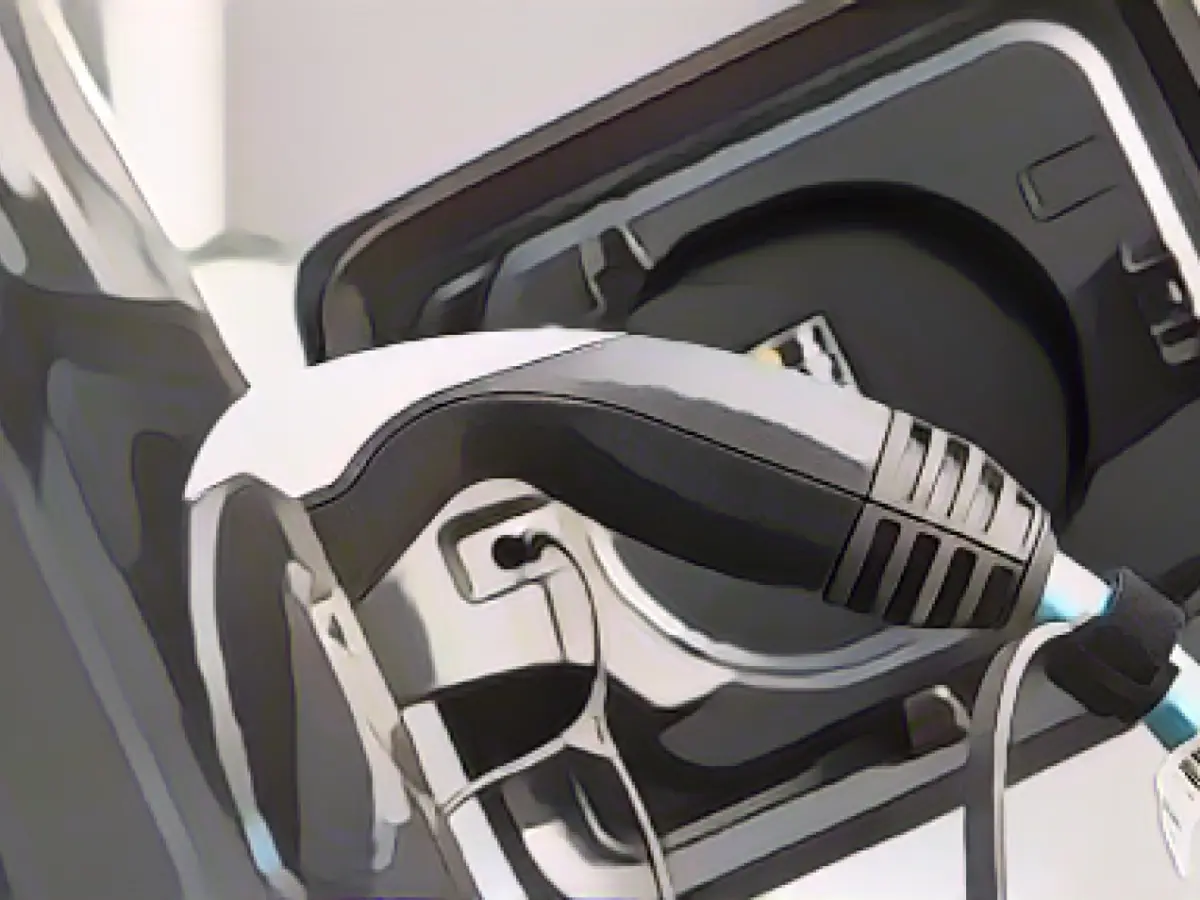Transforming the Automotive Sector in Thuringia and Saxony: Overcoming Challenges, Embracing Opportunities
Thuringia's and Saxony's Economic Ministers, Wolfgang Tiefensee (SPD) and Martin Dulig (SPD), respectively, highlight the importance of successfully transforming the automotive industry. This transition is critical for the regions' booming economy, with thousands of skilled workers and multi-billion-euro turnovers tied to the sector. However, as the industry evolves to accommodate electromobility, many smaller companies may struggle to keep pace.
Need for Federal Support
The ministers emphasize the necessity of federal support to ensure the automotive industry transformation's success. Limiting financial aid in critical areas, such as transformation networks and hubs, could send "fatal signals" (Tiefensee). Sustainable investments are vital to maintain the industry's "economic allure," helping it adapt to the challenges posed by electromobility.
Saxony: Opportunity Amidst Change
Dulig, representing Saxony, remains optimistic about the transition to electromobility. Despite the recent lack of demand for German-made electric cars, Saxony remains an industrial powerhouse, striving to take as many suppliers as possible through this change. It has a strong foothold in electromobility production, with around 250,000 battery-electric cars produced annually [1].
Thuringia: Powerhouse of the Automotive Industry
Thuringia's automotive sector is comprehensive, encompassing 700 companies, 66,000 employees, and a €9.3 billion turnover [1]. Volkswagen, BMW, Porsche, and Opel all have significant presence in neighboring Saxony or Thuringia, highlighting the regions' deep-rooted connection with the industry.
The Leipzig Forum
The two-day forum in Leipzig brings together federal ministries and regional governments, focusing on the opportunities and challenges associated with the automotive industry transformation. The event featured presentations, discussion panels, and workshops, fostering collaboration between key stakeholders [1].
The Future of the Porsche Plant in Leipzig
Porsche has recently rolled out its 2-millionth vehicle from its Leipzig plant, with the 680hp sedan bound for Dubai. The factory has undergone significant modifications to adapt to electric car and axle production. Starting next year, the plant plans to produces vehicles with combustion, electric, and hybrid engines [1].
[1] Source:
Enrichment Insights
- Federal Ministry for Digital Affairs and Transport (BMDV): Committed to constructing at least 50,000 charging points, with 20,000 fast-charging points, to support the expansion of charging infrastructure across Germany [2].
- Renewable Energy Goals: Germany aims to meet 50% of its energy demands from renewable sources by 2050, promoting the development and use of renewable energy, particularly crucial for the transition to electromobility [3].
- Regional Subsidies in Baden-Württemberg: The Charge@BW program offers up to 40% of the costs for publicly accessible charging points in the state, potentially providing support to residents and businesses in areas such as Saxony and Thuringia [2].
- Existing Infrastructure: Thuringia and Saxony have a robust industrial base, leveraging their manufacturing and engineering expertise to drive the development and production of electric vehicles and charging infrastructure [3].
In conclusion, the transformation of the automotive industry poses significant challenges for both Thuringia and Saxony, particularly in the wake of the transition to electromobility. However, both regions have the necessary resources and the support of federal and state governments to overcome these obstacles, ensuring a bright and sustainable future for the industry.








